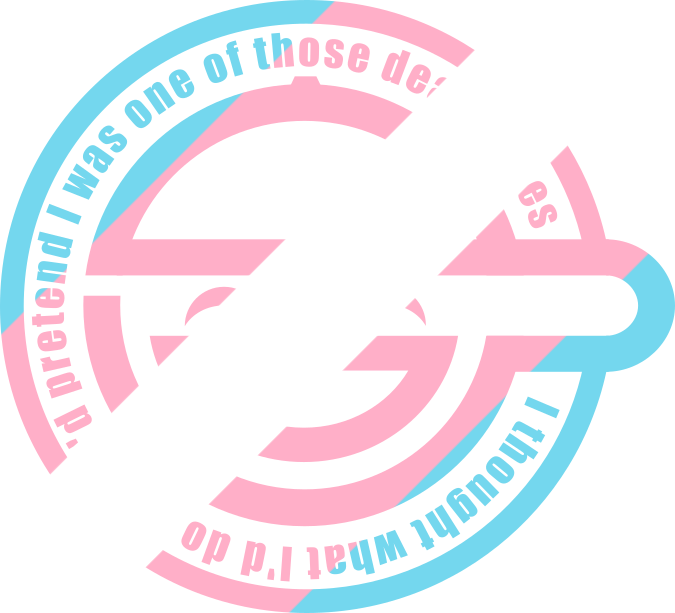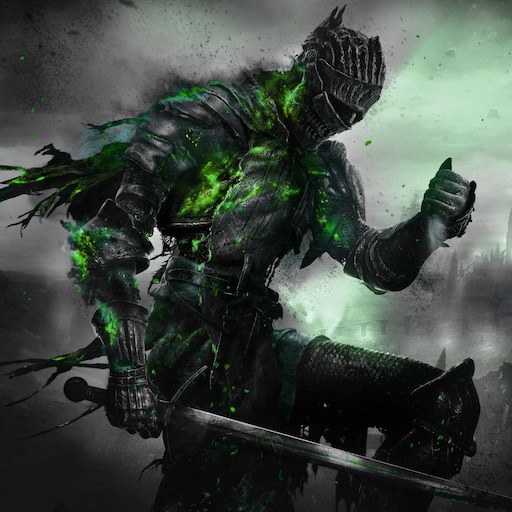0✊
8☝️
9🤘
12✌️
17🤙
25🤟
31✋
Don’t forget 4.
132
or 16 🖕
16 would be 👍 (going by the mapping in this post, or the pinky if you do thumb = 1).
4 is 4 either way.
Doc, if you can’t count to 1023 on your fingers, you might be doing CS wrong!
Oh, for fuck’s sake.
Your thumb is not your zeroth finger; it’s your first finger.
Starting from zero is for situations when you’re counting the left (or first) edge of containers used to hold items. For example, if you wanted to count the number of balls you could hold in the spaces between your fingers, you start with 0 because the number of balls you can hold between your thumb and
{}is 0.Indices vs offsets. A lot of people mistake the two because they took CS 101 and thought it was so cool to say I sTaRt cOuNtInG fRoM zErO.
bro has never heard of a joke
But length of container gives you for example 3, and it has a size of 4. Explain that.
length measures the spaces between the spaces between your fingers, so you can fit 3 balls between the 4 balls between your fingers
Also indexes. Once you’ve been bitten enough by off-by-one errors this actually becomes a pretty handy double-check.
indexes in memory can be thought of as the address of the leftmost bit in a byte (container)
Sorry, too busy counting digital outputs on Modicon PLCs to think about that stuff.
You’re angry
There you are, our CS doctor.
Hmm. I use 1, 2, 4, 8, 16 (I seldom need to count beyond 31 (and have up to five more bits if needed), or to zero)
Base 5?
I’m just learning about number systems!





